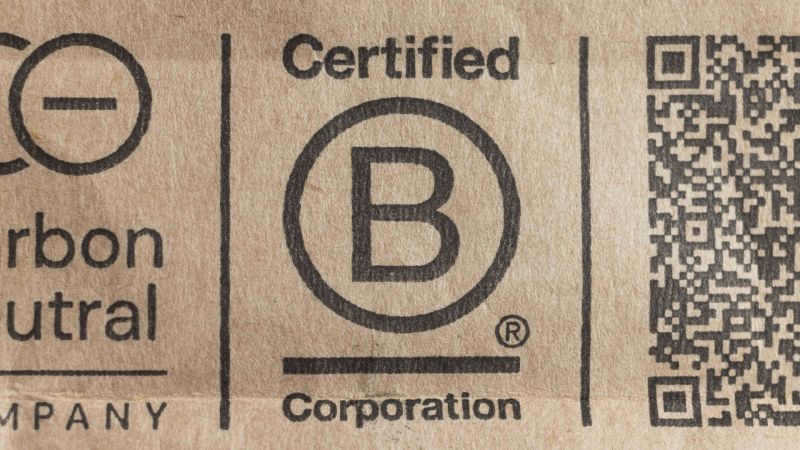6 Steps to a Resilient Reputation
In an age of Twitter and 24/7 news cycles, your organization needs to mitigate reputational risks by building deeper relationships with stakeholders. Here are the questions you need to answer

By Daniel Tisch
At a Global Alliance for Public Relations and Communication Management conference in 2010, Klaus Schwab, founder of the World Economic Forum, listed today’s five drivers of change. The key drivers, he said, are: time compression (having to assimilate more change than ever before), complexity of issues, interconnectivity, interdependence, and context. By context, Schwab was referring to the various shifts in economic power, from west to east and north to south. There also has been a massive shift in communication power from organizations to audiences. All of us walk around with global publishing power in our pockets. Suddenly, with our smart phones and social media, we have access and power, and that power can be directed at corporate reputations.
Today’s organizations need to nurture a new kind of legitimacy that’s earned through ongoing communications. They need to develop a new form of influence. After all, when you lose control, you have to make up for it in influence.
These are key issues that organizations need to address in order to effectively manage their reputations.
1. Is your organization set up for communications success?
The old thinking about public relations was that it was all about hype. This does not come close to what communications practitioners need to deliver. According to a Global Alliance survey conducted in 2011/12, the top five roles for public relations practitioners are:
- integrating mainstream media and social media;
- building a listening culture;
- defining organizational character;
- conducting reputation/stakeholder research; and
- applying ethics to public relations decisions (considered the most important role of all).
At the World Public Relations Forum 2012 in Melbourne, Australia, almost 800 delegates endorsed the Melbourne Mandate. It defined three pillars of professional development for those in public relations and communications management: the character of the organization and its values; the ability of the organization to listen; and the responsibility of practitioners to society, the organization, their profession, and themselves.
2. What are your organization’s character and values?
3. Is it living up to them?
An organization cannot control its reputation, since reputation exists in the minds of others. An organization can only manage its own actions; how it acts will go a long way to determine its reputation. What makes us unique? What are our beliefs, values, purpose? A shared belief leads to action and confidence, which lead to advocacy at scale. In an age of Big Data, if you can forge relationships with key audiences, they become advocates who talk about their positive experiences with your products, services, and brands.
As the Arthur W. Page Society has noted, “The strongest opinions — good or bad — about a company are shaped by the words and deeds of its employees. As a result, every employee — active or retired — is involved with public relations. It is the responsibility of corporate communications to support each employee’s capability and desire to be an honest, knowledgeable ambassador to customers, friends, shareowners and public officials.”
4. How can your organization build an interdisciplinary listening strategy?
Having a good listening strategy helps you do scenario planning. If you have an ongoing dialogue with stakeholders, you can better predict what would spark risk, how it will be fueled, and how it can be mitigated. We at Argyle Communications look at stakeholders through three major lenses: their level of engagement, their level of influence, and their level of support. Map stakeholders to see how they fit on these scales (low-medium-high) and you will start to identify risks and opportunities. The idea is to enhance and activate engagement with those who are positive about your organization, to make those who are negative more positive, or to make those who will never be positive to at least reduce their level of engagement by reducing their level of concern.
One way to do this is by bringing together a cross-functional team and listing your key stakeholders on a flip chart. Graph them on the three metrics: How engaged are they with us — have we contacted them over past three months or year? How influential are they? And how supportive are they?
A critical caveat: if your stakeholder dialogue is nothing but show, it will be obvious to those who participate. One precondition of dialogue is that both parties have to be open to change. Before dialogue begins, your organization should identify the elements that stakeholders can legitimately influence. If there is nothing they can influence or change, rethink what you are doing and engage them earlier in the process.
5. Does your organization have an integrated value creation story?
Business communicators tell stories of value every day, and these stories influence decisions by shareholders, customers, suppliers, employees, and other stakeholders. Integrated reporting changes the way we tell these stories. Building on today’s financial and sustainability reports, integrated reporting presents an organization’s strategy, governance, performance, and prospects within its full commercial, social, and environmental context. The goal is to give shareholders and stakeholders a truer picture of how the organization creates value over time. This new form of “integrated reporting” articulates sustainable development return-on-investment in plain financial English — larger market share, higher revenue, better dividends. That’s the sweet spot for organizations.
A good example is Nestlé. It developed a new narrative around shared value: defining character and values; instituting a listening culture; and reframing “responsibility” as a pursuit of shared value through “sustainable growth and a commitment to environmental sustainability and compliance along every step of the value chain.”
6. Are your organization’s communications efforts rooted in truth rather than spin?
Public relations has a reputation of being all about “spin doctoring.” The most effective communications, however, is grounded in truth. Your organization’s communications professionals should be the guardians of authenticity. That’s the expectation of stakeholders.
Realize, too, that communications alone is not enough. The Arthur W. Page Society points out that public perception of an organization is determined 90 percent by what it does and 10 percent by what it says. In thinking about your communications and public relations strategy, consider the truth not only of your words but of your actions as well. Inviting stakeholders early on to an honest dialogue, for example, will lead to more powerful and resilient reputations for your organizations.
Daniel Tisch is President and CEO of Toronto-based Argyle Communications and Immediate Past-Chair of the Global Alliance for Public Relations and Communication Management. This article is adapted from a QSB Insight webinar, Communication Without Control.





